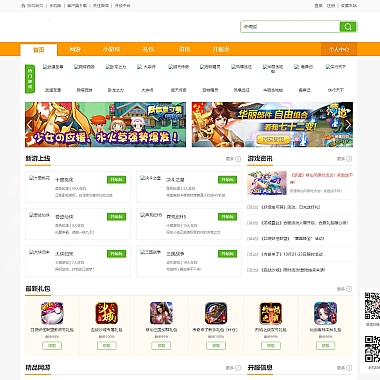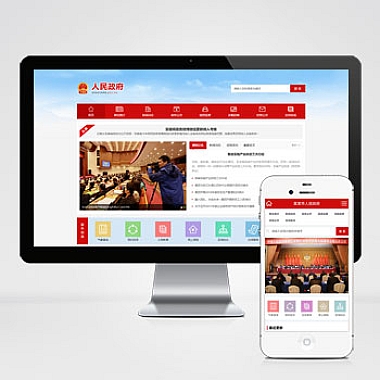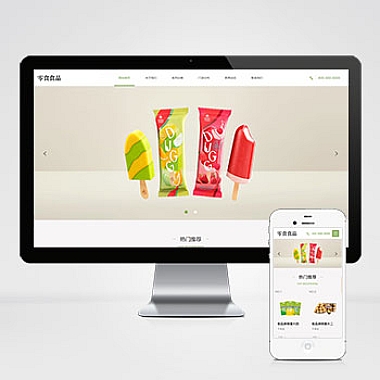版权信息
(本文地址:https://www.nzw6.com/26984.html)
ajax传递有哪些数据,深入探究Ajax数据传递的关键要素
Ajax(Asynchronous JavaScript and XML)是一种用于在网页上进行异步数据传输的技术,它可以让网页实现无刷新更新内容的功能。在使用Ajax进行数据传递时,有一些关键要素需要注意。从以下几个方面对Ajax数据传递的关键要素进行详细的阐述。
1. 请求方式
在Ajax中,常用的请求方式有GET和POST两种。GET请求将数据附加在URL的末尾,适用于传递少量数据;而POST请求将数据放在请求体中,适用于传递大量数据。选择合适的请求方式对于数据传递的效率和安全性都非常重要。
GET请求示例:
```javascript
$.ajax({
url: "example.php",
type: "GET",
data: {name: "John", age: 30},
success: function(response) {
console.log(response);
}
});
POST请求示例:
```javascript
$.ajax({
url: "example.php",
type: "POST",
data: {name: "John", age: 30},
success: function(response) {
console.log(response);
}
});
2. 数据格式
Ajax支持多种数据格式的传递,常见的有JSON、XML和HTML等。其中,JSON是最常用的数据格式,因为它具有简洁、易读的特点,并且可以方便地与JavaScript进行交互。
使用JSON格式传递数据的示例:
```javascript
$.ajax({
url: "example.php",
type: "POST",
data: JSON.stringify({name: "John", age: 30}),
contentType: "application/json",
success: function(response) {
console.log(response);
}
});
```
3. 异步与同步
Ajax的核心特点之一是异步传输,即在发送请求的不会阻塞页面的其他操作。这种方式可以提高用户体验,但也需要注意处理异步请求的顺序和结果。
异步请求示例:
```javascript
$.ajax({
url: "example.php",
type: "GET",
async: true,
success: function(response) {
console.log(response);
}
});
同步请求示例:
```javascript
$.ajax({
url: "example.php",
type: "GET",
async: false,
success: function(response) {
console.log(response);
}
});
4. 跨域问题
由于浏览器的同源策略限制,Ajax默认只能向同一域名下的URL发送请求。如果需要向其他域名发送请求,就会遇到跨域问题。解决跨域问题的方法有很多,常见的有JSONP和CORS。
JSONP示例:
```javascript
$.ajax({
url: "
dataType: "jsonp",
success: function(response) {
console.log(response);
}
});
CORS示例:
```javascript
$.ajax({
url: "
type: "GET",
xhrFields: {
withCredentials: true
},
success: function(response) {
console.log(response);
}
});
5. 错误处理
在Ajax数据传递过程中,可能会出现各种错误,如网络错误、服务器错误等。为了保证用户体验和系统稳定性,需要对这些错误进行适当的处理和提示。
错误处理示例:
```javascript
$.ajax({
url: "example.php",
type: "GET",
success: function(response) {
console.log(response);
},
error: function(xhr, status, error) {
console.log("Error: " + error);
}
});
```
6. 安全性
在进行Ajax数据传递时,需要注意数据的安全性。特别是涉及用户隐私信息的传递,应该使用HTTPS协议进行加密传输,以保护用户的数据安全。
安全传输示例:
```javascript
$.ajax({
url: "example.php",
type: "POST",
data: {name: "John", age: 30},
success: function(response) {
console.log(response);
},
beforeSend: function(xhr) {
xhr.setRequestHeader("X-Requested-With", "XMLHttpRequest");
}
});
```
7. 数据缓存
为了提高性能,Ajax默认会缓存GET请求的响应结果。如果需要禁用缓存,可以通过设置`cache`参数为`false`来实现。
禁用缓存示例:
```javascript
$.ajax({
url: "example.php",
type: "GET",
cache: false,
success: function(response) {
console.log(response);
}
});
```
8. 进度监控
在Ajax数据传递过程中,可以通过监听`xhr`对象的`progress`事件来监控传输进度,以便及时反馈给用户。
进度监控示例:
```javascript
$.ajax({
url: "example.php",
type: "GET",
xhrFields: {
onprogress: function(e) {
if (e.lengthComputable) {
var percent = Math.round((e.loaded / e.total) * 100);
console.log("Progress: " + percent + "%");
}
}
},
success: function(response) {
console.log(response);
}
});
```
通过以上8个方面的,我们可以更深入地了解Ajax数据传递的关键要素。在实际应用中,根据不同的需求和场景,可以灵活运用这些要素,以实现高效、安全的数据传递。







